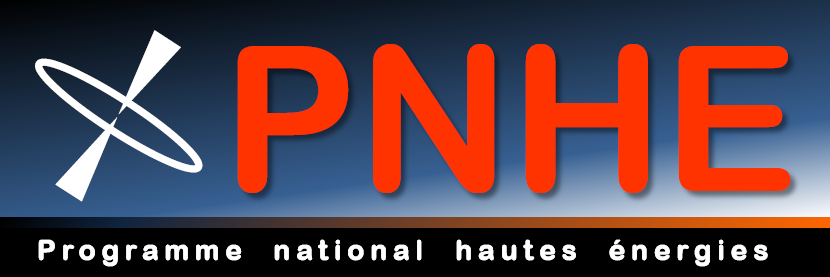Orateur
Description
The hysteresis behavior of X-ray binaries during their outbursts remains a mystery. In this work, we developed the paradigm proposed in Ferreira et al (2006) where the disk material accretes in two possible, mutually exclusive, ways. In the Standard Accretion Disk (hereafter SAD) mode, the dominant local torque is due to MHD turbulence that transports radially the disk angular momentum. In the Jet Emitting Disk (hereafter JED) mode, magnetically-driven jets carry away mass, energy and all the angular momentum from the disk. Within our framework, the transition from one mode to another is related to the magnetic field distribution, an unknown yet. As a first step, we used the transition radius as a free parameter and focused on accurately computing the spectral energy distributions from various disk configurations.
Using a two-temperature plasma code, we computed the thermal balance at each radius for a large ensemble of disk parameters, as well as the global emitted spectrum. The radiative cooling term and related spectrum (Comptonized Bremsstrahlung and Synchrotron emission) obtained using the BELM code (Belmont et al. 2008, 2009). Heating processes are analytical and due only to accretion (Petrucci et al. 2010). Advection is properly taken into account, carrying outside-in the memory of the outer thermal states.
It will be shown that Hard States can be quite nicely reproduced by dynamical configurations harboring an inner JED (Marcel et al. 2018a, A&A 615, A57). They radiate a power-law spectrum from 0.001 to >0.1 Eddington luminosities. On the contrary, Soft States require an inner SAD configuration, emitting a multicolour disk blackbody spectrum (Marcel et al. 2018b, A&A in press). We produced also a full theoretical Disk Fraction Luminosity Diagram that could be successfully compared to the 2010-2011 outburst of GX339-4, using both X-ray spectral shapes and radio observations (Marcel et al. 2018c,d to be submitted). This is, to our knowledge, the first time that such an accretion-ejection cycle is reproduced, using both accretion (X-rays) and ejection (radio) constraints. We will finally discuss the implications of our results on the physical evolution of XrBs.

